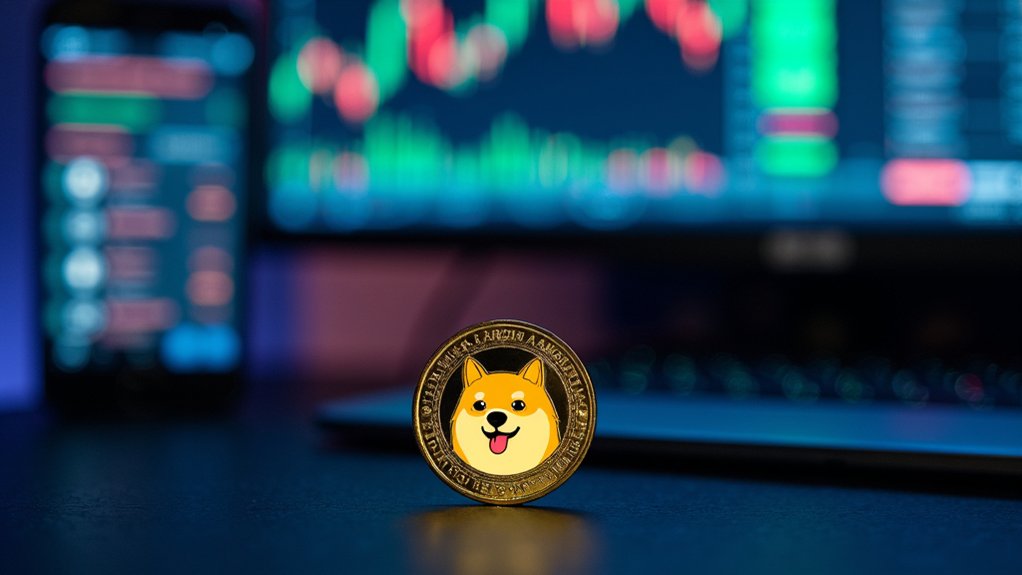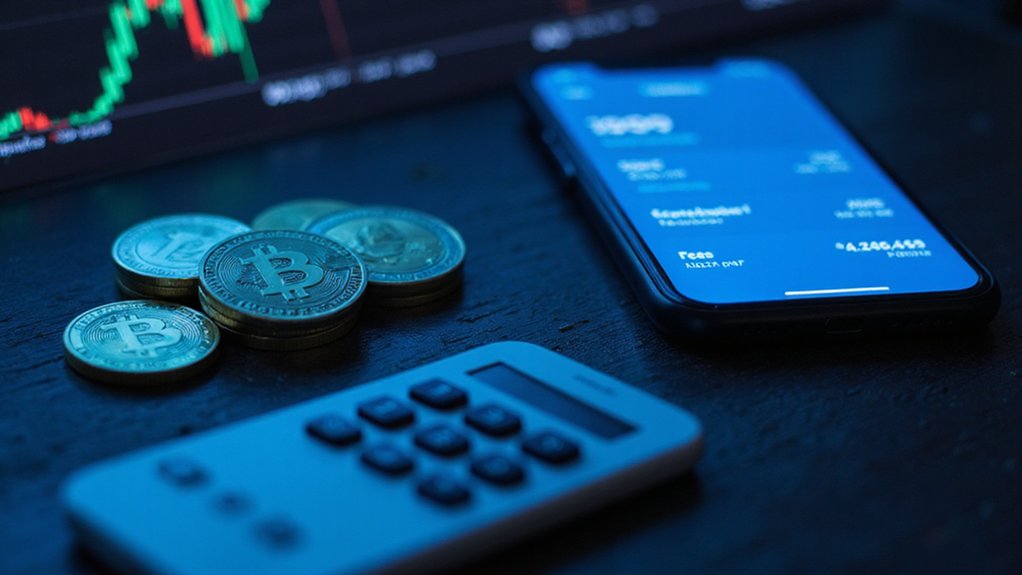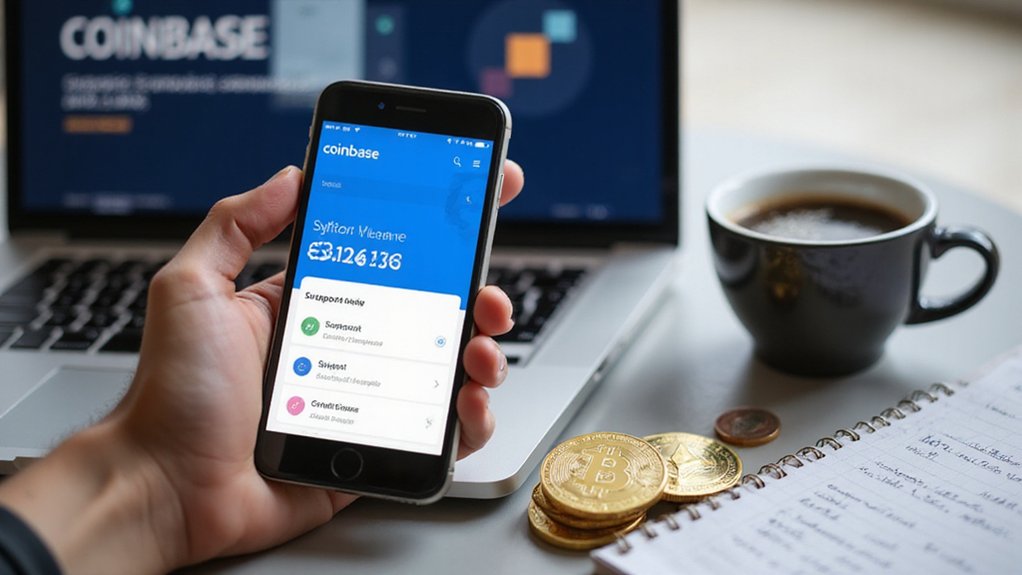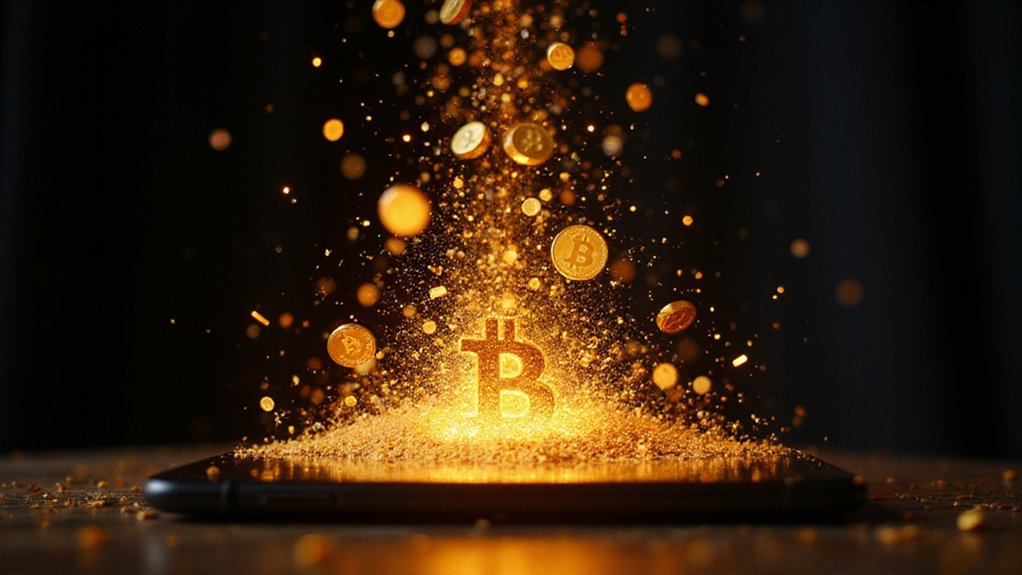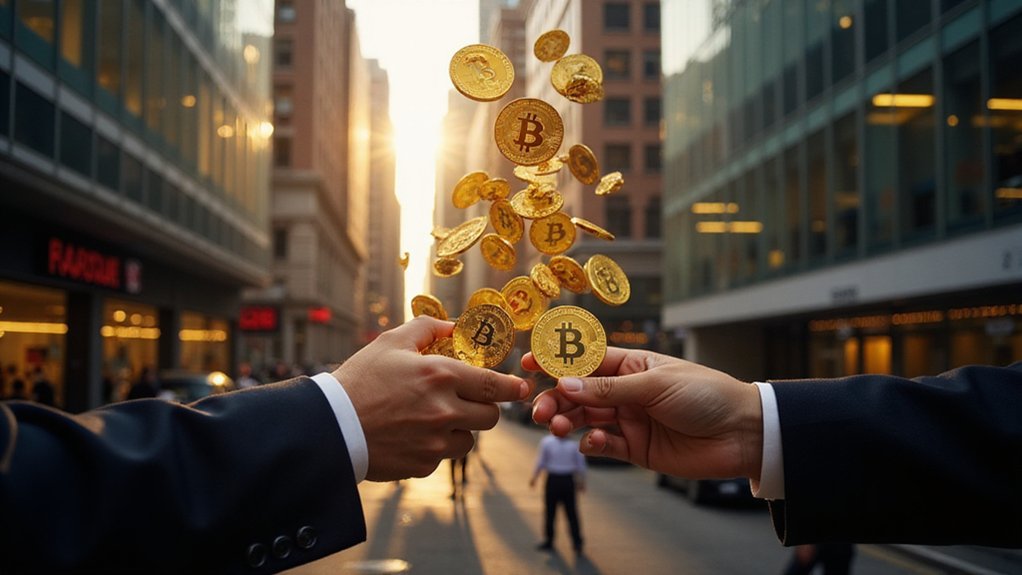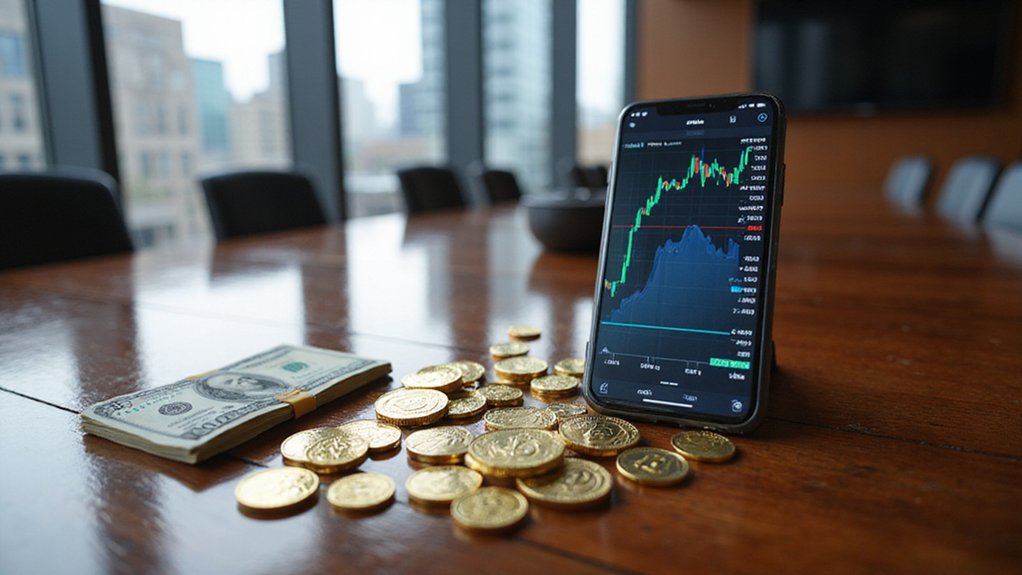Creating a meme coin requires selecting a blockchain platform (typically Ethereum, Solana, or Binance Smart Chain), developing a culturally resonant concept with viral potential, designing memorable branding, and deploying a secure smart contract—either through custom development or no-code generators. Post-launch, founders must provide liquidity on decentralized exchanges, build community through social media engagement, and navigate regulatory considerations. The real alchemy lies in transforming internet humor into financial instruments that captivate digital tribes.
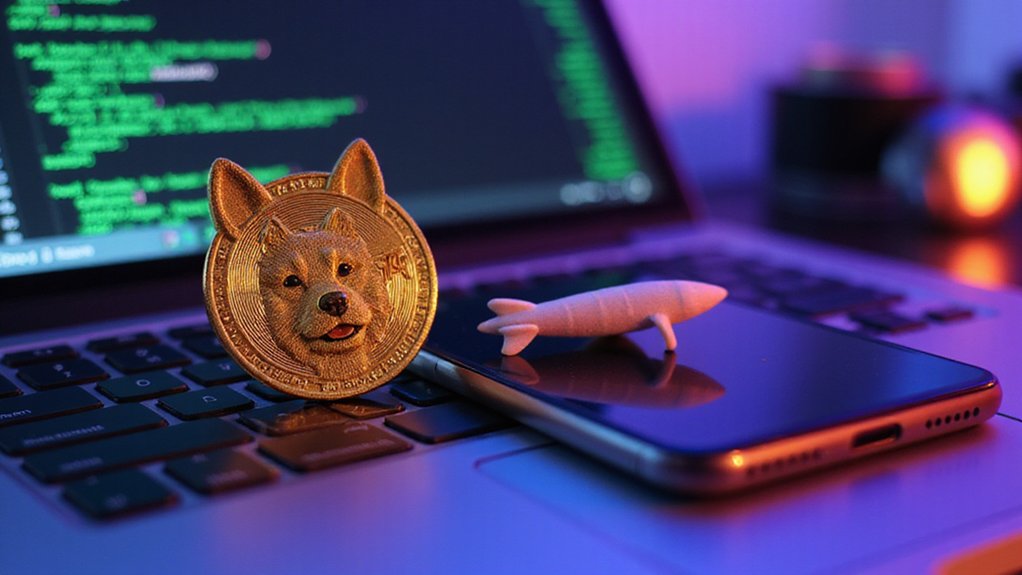
Why have meme coins emerged as the peculiar intersection of internet culture and cryptocurrency speculation?
The phenomenon, which began with Dogecoin’s unlikely ascent from joke to multi-billion-dollar asset, reveals the market’s appetite for financial instruments that double as cultural commentary.
Creating such digital assets requires neither advanced programming expertise nor substantial capital—merely a concept that resonates with the collective consciousness of online communities.
The process begins with concept development—identifying a distinctive theme or cultural reference point that can capture imagination and inspire virality.
A compelling meme coin awakens from the digital primordial soup of cultural references that resonate across digital tribes.
Successful meme coins invariably possess memorable branding, whether through humorous mascots (the ubiquitous Shiba Inu) or catchy nomenclature that invites social sharing.
One must also determine the coin’s utility, even if that “utility” merely facilitates community participation in an elaborate financial performance art.
Drawing inspiration from trending coins like Arctic Pablo Coin with its storytelling approach can provide valuable insights for your concept development.
Selecting an appropriate blockchain presents the next decision point.
While Ethereum remains the predominant ecosystem for token creation, alternatives like Solana and Binance Smart Chain offer compelling advantages in transaction speed and cost efficiency.
Platforms like Pump.fun provide an accessible entry point for creating Solana-based tokens without programming knowledge.
The choice hinges on one’s technical capabilities, budget constraints, and target audience’s preferred networks.
Smart contract development follows, with options spanning the technical spectrum—from hiring specialized developers to utilizing no-code generators like Pump.fun.
The contract defines the token’s fundamental characteristics: supply metrics, transaction mechanics, and any novel features that differentiate it from thousands of competitors.
Security audits are essential to identify and fix potential vulnerabilities before launch.
After deployment comes the critical phase of liquidity provision.
Creating trading pairs on decentralized exchanges and locking liquidity tokens can signal commitment to longevity—a significant consideration in a market rife with ephemeral projects and outright scams.
Community building represents perhaps the most vital element.
Successful meme coins cultivate passionate followings through social media engagement, influencer partnerships, and community governance mechanisms that foster collective ownership.
Throughout this process, creators must navigate the tension between speculative exuberance and regulatory scrutiny.
While meme coins operate in regulatory gray areas, transparent practices regarding token allocation and honest marketing mitigate risks of both investor disappointment and regulatory intervention.
Frequently Asked Questions
Is Creating a Meme Coin Legal in All Countries?
No, creating meme coins isn’t universally legal.
Their status varies dramatically across jurisdictions—Thailand explicitly prohibits them, while the SEC doesn’t classify them as securities (thus avoiding certain regulations).
Each territory applies its own regulatory framework—from Japan’s case-by-case assessment to the EU’s classification-dependent MiCA requirements.
Prospective developers must navigate this patchwork landscape, conducting thorough legal analyses in target markets before launch.
The regulatory environment remains significantly fluid, with enforcement priorities evolving alongside the market’s maturation.
How Much Does It Typically Cost to Launch a Meme Coin?
Launching a meme coin typically costs between $5,000 and $75,000—a rather substantial variance that hinges on several factors.
Blockchain selection greatly impacts costs (Ethereum commands higher fees than alternatives), while smart contract development runs $1,000-$5,000.
Marketing—arguably the lifeblood of any meme coin’s prospects—requires $2,000-$10,000 for reasonable visibility.
Security audits ($3,000-$10,000) and exchange listing fees (potentially exceeding $50,000 for major platforms) round out the financial commitment that aspiring crypto-humorists must contemplate.
What Happens if My Meme Coin Fails to Gain Traction?
If a meme coin fails to gain traction, the consequences are typically swift and severe.
The token will likely experience immediate price collapse (76% lose over 90% of value within three months), liquidity will evaporate (67% become effectively worthless post-promotion), and investors face substantial losses.
The developer may encounter reputational damage, regulatory scrutiny from potential securities violations, and the project will join the 97% of meme coins that ultimately fail due to lack of utility or sustainable purpose.
Can I Remain Anonymous While Creating a Meme Coin?
While technically feasible to deploy a token anonymously, meaningful anonymity stands on increasingly shaky legal ground.
Regulatory frameworks—particularly the EU’s AMLR and FATF guidelines—are systematically closing anonymity loopholes.
Even pseudonymous creators face blockchain forensics, KYC requirements at exchanges, and potential retroactive liability.
The regulatory vise tightens inexorably: what appears anonymous today may prove traceable tomorrow when authorities come knocking (and they invariably do when sufficient value materializes).
How Do I Protect My Meme Coin From Being Copied?
Protecting a meme coin from copycats remains an uphill battle in crypto’s Wild West.
While complete prevention is impossible (welcome to decentralization), creators can implement unique tokenomics, secure smart contract architecture, and build community loyalty—the true moat.
Trademarking logos and branding elements offers limited peripheral protection, though the coin itself remains replicable.
Regular code audits and transparent development practices further discourage would-be imitators by establishing legitimacy in an ecosystem where reputation ultimately outweighs code itself.
